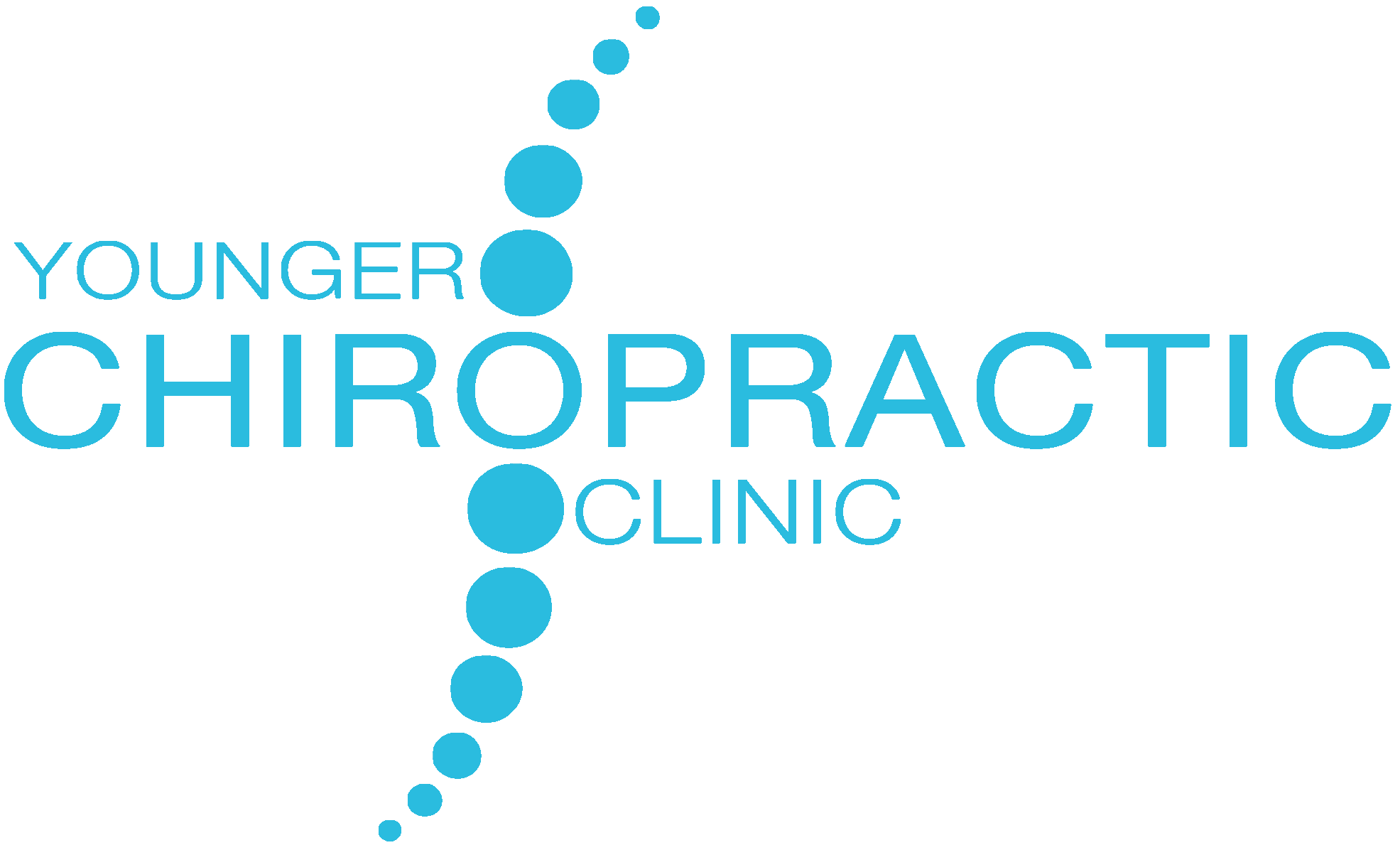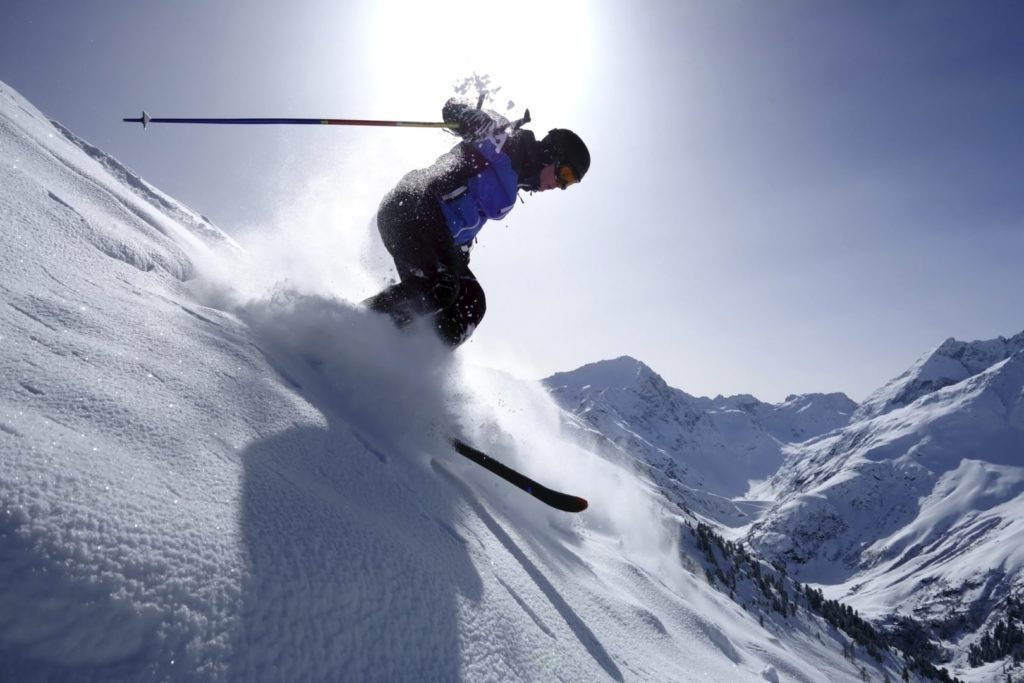Getting away from the hustle and bustle of daily life and escaping to the snow topped mountains and piste is the highlight of any skier’s year. Nothing beats the adrenaline rush of speeding down the slopes, wind in your face and fresh air in your lungs.
While skiing is without doubt fun for everyone from beginner to pro, it doesn’t come without risks. Skiing injuries are quite common and can happen very easily with the most common being muscle pain and lower leg injury, especially knee injuries.
Muscle soreness
Muscles soreness is one of the most common types of ski injuries and usually happens on day two or three of your skiing holiday. Skiing may look easy but it takes a tremendous amount of strength and fitness, as you will be working muscles you didn’t even know you had in order to balance, stay upright and steer. If you don’t have the extraordinary fitness daily skiing requires then you are likely to develop a condition known as Delayed Onset Muscle Soreness (DOMS). As well as causing your muscles to ache, this condition can also lead to reduced muscle control, which can cause further sports injuries to occur.
Knee injury
Injuries to the anterior crucial ligament (ACL) and medial collateral ligament (MCL) in the knee are the most common types of knee injury to occur whilst skiing. This happens when the knee over rotates away from the hip and is very common amongst skiers of every experience level. It can be very painful and results in swelling of the knee and will need some recovery time, keeping you off the slopes for the remainder of your trip.
Prevention and treatment
It is relatively easy to prevent and treat both these types of common ski injuries. In order to prevent the injury then simple preparation is required. Before your trip you should concentrate on building up your muscle strength so that the likelihood of developing DOMS on your trip is reduced. You should also take several ski lessons to learn the proper stances and techniques to adopt when skiing. For example, staying forward on your skis and moving your body from the waist up not the knees can reduce the chance of a knee injury.
If you are unfortunate enough to develop a skiing injury then they can be easily treated by a chiropractor. Chiropractors are used worldwide by many sports stars needing to recover from injury and get back to optimum fitness. A sports injury chiropractor can provide you with a treatment plan to get you back on your feet in no time. Chiropractors also look to optimise the neuro muscular-skeletal system in order to prevent injuries occurring in the first place and also boost performance.
Talk to a sports injury chiropractor at Younger Chiropractic Clinic if you have sustained a skiing injury or just want advice on how best to prevent you developing one on your upcoming ski escape.

